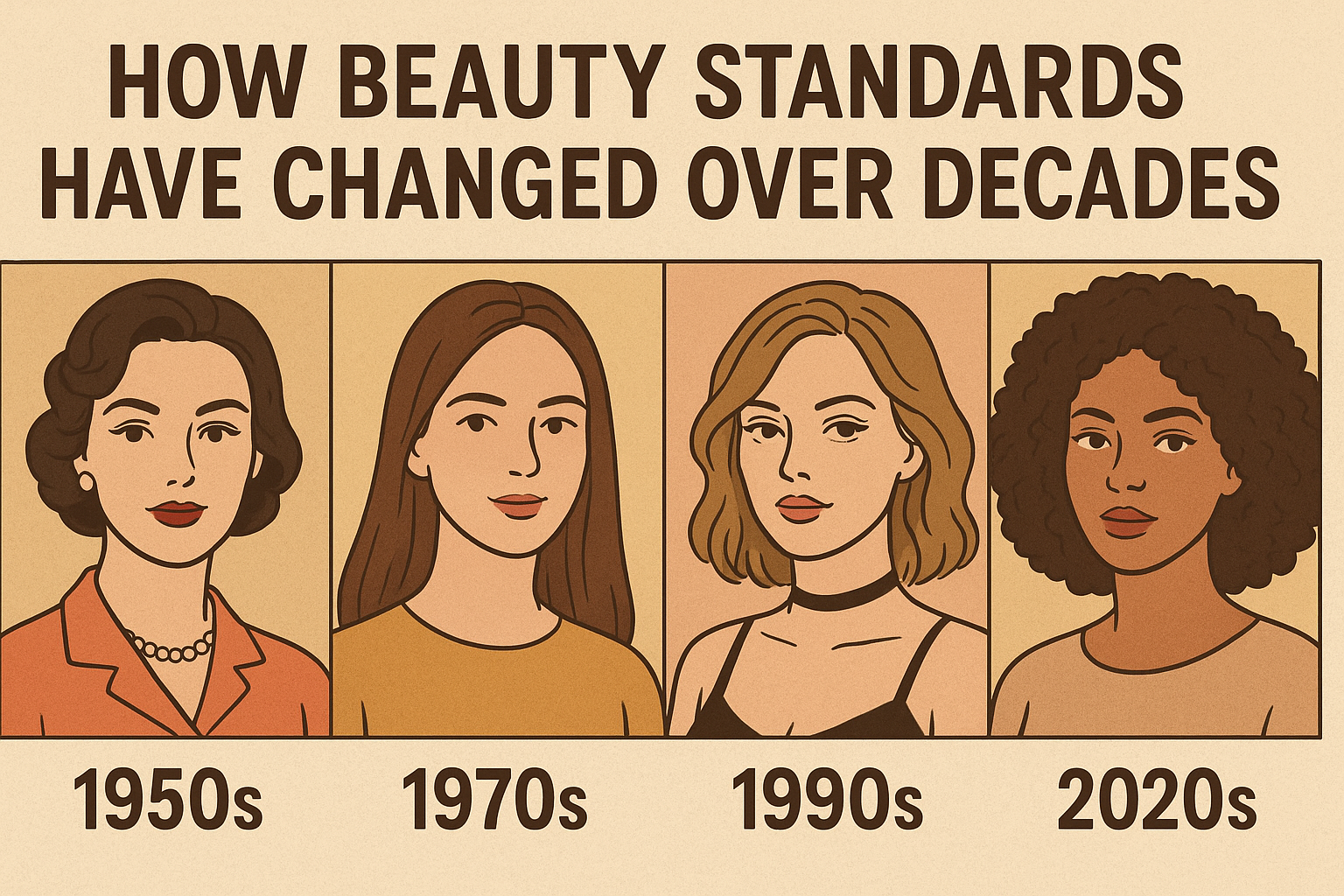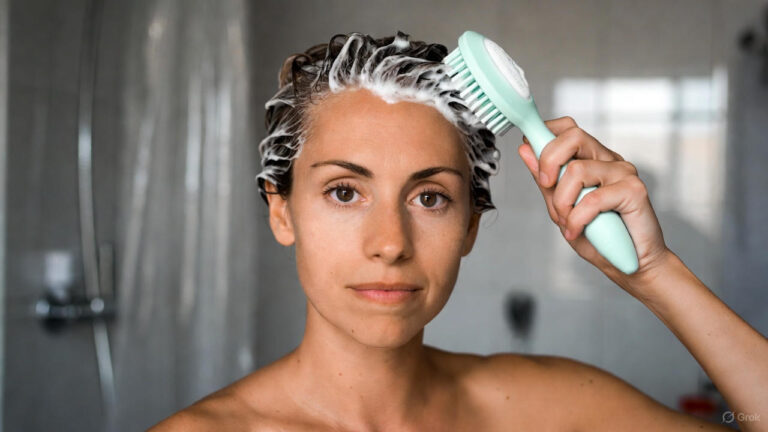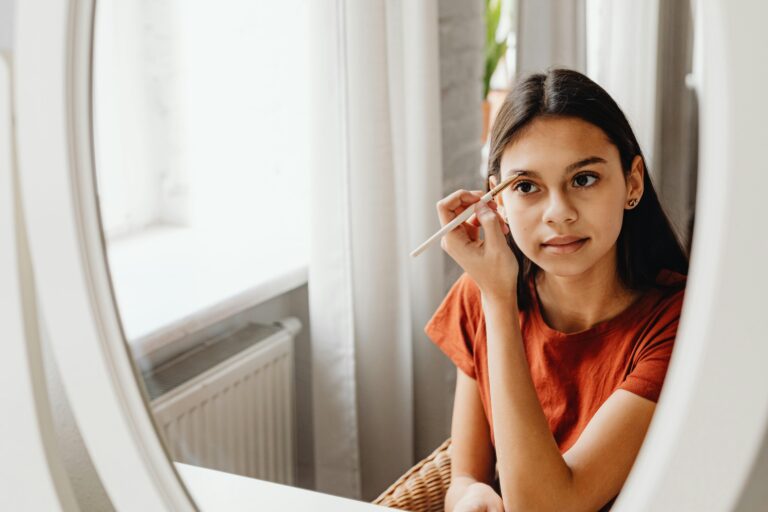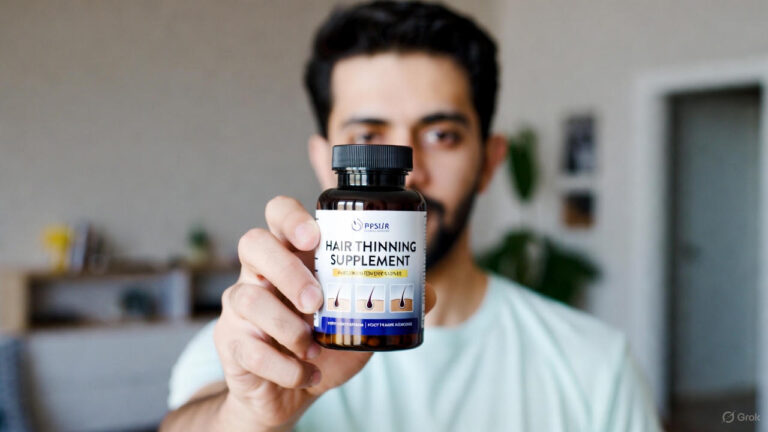How beauty standards have changed over decades tells us more than just what people found attractive. It reveals how culture, fashion, and even technology influenced how we see ourselves. From ancient rituals to modern digital filters, every era left its mark on what was considered “beautiful.”
You’ve probably noticed how trends repeat—curvy shapes, skinny frames, natural looks, bold makeup. Each shift wasn’t random. It reflected society’s values, struggles, and even its inventions. Understanding these shifts helps you see how beauty is less about one “perfect” look and more about constant change.
Beauty Standards in Ancient Civilizations
The earliest beauty ideals were rooted in survival, religion, and status. Ancient Egypt is a great example. Women and men wore kohl eyeliner not just for style but also to protect their eyes from the sun and infections. Smooth skin symbolized youth and health, which were essential traits for fertility.
Take Cleopatra. Her beauty routine included honey masks, milk baths, and perfumes made from flowers and spices. These rituals weren’t vanity alone. They signaled power and refinement in a world where appearance reflected your place in society.
In Greece, symmetry was everything. Philosophers linked physical harmony to inner virtue. Sculptures like Aphrodite or the Discobolus showcased perfectly proportioned bodies. Beauty was tied to philosophy—harmony of the body reflected harmony of the soul.
Meanwhile, in China, pale skin symbolized wealth and nobility since tanned skin was linked to field work. Practices like foot binding (though much later) showed how deeply beauty ideals could shape lives, even painfully so.
These early standards weren’t about fashion magazines. They were practical, spiritual, and deeply cultural. You can still see echoes today—like skincare obsessions or cosmetic practices that aim for symmetry.
The Middle Ages and Renaissance
When you think of the Middle Ages, you probably don’t think “glamorous.” Yet, beauty ideals existed. Women often plucked their hairlines to create a high forehead, seen as a sign of intelligence and nobility. Pale skin remained the goal because it showed you weren’t working outdoors.
A case in point: noblewomen used mixtures of vinegar and lead-based powders to lighten their faces, despite the health risks. It sounds shocking now, but it made sense in a world where your face broadcasted class.
The Renaissance flipped the script again. Artists like Botticelli painted women with soft, rounded bodies. Full figures symbolized wealth and health, showing you had enough food during hard times. Fair hair and rosy cheeks were also celebrated.
This era linked beauty to art. It wasn’t just about looking good—it was about embodying ideals of balance, fertility, and creativity.
The 19th Century: From Corsets to Curves
The 1800s introduced some of the most extreme beauty practices. Corsets became popular, cinching waists so tightly that women fainted or damaged organs. The hourglass figure ruled the day, with tiny waists paired with fuller busts and hips.
Think of the Victorian debutante. Her social worth often hinged on presentation, from posture to complexion. Makeup was frowned upon in polite society, yet subtle enhancements, like beet juice for lip color, persisted quietly.
At the same time, pale skin remained fashionable, often achieved with dangerous lead-based makeup. Later in the century, Queen Victoria’s influence encouraged modesty and natural looks. Makeup was frowned upon, seen as something only actresses or “improper” women wore.
This century showed how beauty could be both restrictive and moralized. Bodies were literally reshaped to fit the trend, even when it harmed health.
The Roaring 1920s: Liberation and the Flapper Look
Fast-forward to the 1920s, and beauty standards shifted dramatically. Women chopped their hair into bobs, flattened their chests with fashion, and embraced a boyish figure. The “flapper” look symbolized freedom—dancing, jazz, and rejecting restrictive clothing.
Makeup also exploded in popularity thanks to Hollywood. Red lips, thin brows, and kohl eyeliner became mainstream. For the first time, women could buy cosmetics in department stores.
Josephine Baker, an African-American performer in Paris, became an international star, challenging both racial and gender norms. Her beauty and charisma proved that standards were never universal; they were always evolving.
This was a turning point. Beauty was no longer about fitting into rigid traditions. It became about self-expression and rebellion.
Mid-20th Century: Curves, Glamour, and Fitness
The 1950s brought back curves. Icons like Marilyn Monroe and Sophia Loren defined beauty with hourglass shapes, full lips, and glamorous makeup. Post-war prosperity encouraged indulgence, and fuller bodies reflected abundance.
Hollywood played a huge role here. The silver screen set global standards. Women worldwide copied the looks of their favorite stars, from hairstyles to lip colors.
By the 1960s, Twiggy flipped the ideal again. Her thin frame and wide eyes made slimness the standard. Fashion shifted to playful, youthful looks. And then came the 1980s. Fitness culture dominated. Athletic, toned bodies became the new goal, influenced by aerobics, Jane Fonda tapes, and a growing gym culture.
Every decade showed a pendulum swing. From curvy to skinny, from glam to natural, beauty standards kept moving with cultural moods.
The 1990s and Early 2000s: Heroin Chic to Pop Princesses
The 1990s brought the controversial “heroin chic” look. Models like Kate Moss embodied thin, pale, and almost sickly appearances. It was edgy, rebellious, and very different from the fitness craze of the ’80s.
Fashion campaigns featured moody lighting and minimalist styling. Beauty here wasn’t about health—it was about attitude, pushing back against glossy perfection.
But by the early 2000s, pop culture brought back glamour. Think Britney Spears, Jennifer Lopez, and Beyoncé. Flat stomachs, glossy hair, and glowing tans became the standard. Magazines sold “get the abs of your favorite star” headlines, and beauty became tied to celebrity culture more than ever.
The 2010s: Social Media and Diverse Beauty
The 2010s marked another shift—this time influenced by Instagram. Beauty became global, fast, and filtered. The “Kardashian effect” emphasized curvy bodies with tiny waists, big lips, and contoured makeup. Cosmetic procedures like fillers became normalized.
At the same time, diversity gained ground. Natural hair movements, body positivity campaigns, and inclusivity in makeup shades began changing the narrative. Brands like Fenty Beauty reshaped the industry by recognizing that beauty isn’t one-size-fits-all.
Technology amplified beauty standards, but it also gave people platforms to push back.
The Present Day: Fluid, Individual, and Ever-Changing
Today, beauty standards are more fluid than ever. You’ll see people embracing minimal makeup, gray hair, or natural features while others enjoy bold colors, surgery, or filters. Both can exist side by side.
Social media still sets trends, but Gen Z in particular has challenged old ideas. They celebrate individuality, sustainability, and authenticity. The pressure hasn’t disappeared—it just looks different.
The truth? Beauty is now both freer and more demanding. You can choose your style, but constant exposure to idealized images keeps comparisons alive.
Outbound Resources
If you want to explore more, check out:
- Smithsonian Magazine on Beauty History
- BBC Culture: The Evolution of Beauty
- History.com on Fashion Through the Ages
Conclusion
How beauty standards have changed over decades shows us that beauty is never fixed. It’s shaped by culture, media, and personal choice. The good news? You don’t have to fit every trend. You get to choose what beauty means for you.
FAQs
1. Why have beauty standards changed so much over decades?
Beauty standards shift because culture, technology, and social values keep changing. Each generation redefines what it means to look attractive.
2. Which decade had the most extreme beauty standards?
The 19th century was one of the most extreme, with corsets causing health issues. However, the 1990s “heroin chic” also pushed dangerously thin ideals.
Platforms like Instagram and TikTok spread trends instantly. They made procedures like lip fillers common while also fueling body positivity and inclusivity movements.
4. Are beauty standards becoming more inclusive today?
Yes, more people embrace different body types, skin tones, and natural looks. Brands now focus on diversity, though pressure to fit trends still exists.
5. What can we learn from how beauty standards have changed over decades?
You learn that beauty is flexible and cultural, not absolute. Trends pass, but self-acceptance and individuality always remain powerful.



